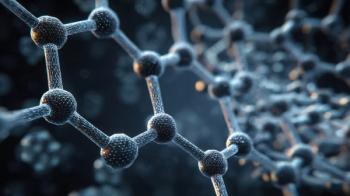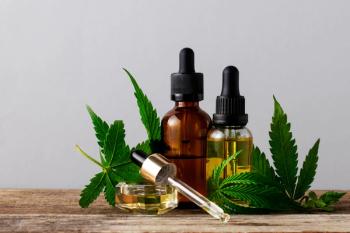
- The Application Notebook-09-01-2015
- Issue 0
Vitamin D2 and D3 Separation by New Highly Hydrophobic UHPLC/HPLC Phase
Separations of structurally similar compounds such as vitamin D2 and vitamin D3 are very challenging.
Vitamin D2 (ergocalciferol) and D3 (cholecalciferol) can be found in different foods including fatty fishes, meat, egg, and some mushrooms. Both compounds are (indirectly) involved in a number of biological functions in the body, including bone metabolism and enhancement of intestinal absorption of calcium, iron, magnesium, phosphate, and zinc. A regular intake of vitamin D therefore is essential.
Standard C18 columns are not able to fully separate the two vitamins. A very hydrophobic phase with a higher carbon coverage and therefore a greater density of C18 chains is required. The highly hydrophobic phase YMC-Triart C18 ExRS (carbon load 25%!) is able to separate these two.
The isocratic high performance liquid chromatography (HPLC) method for vitamin D2 and D3 separation, using a 5 μm YMC-Triart C18 ExRS column, can easily be transferred to a ultrahigh-performance liquid chromatography (UHPLC) method using a 1.9 μm column, thereby reducing the analysis time by 50%. Furthermore, the resolution can be increased, resulting in a full baseline separation.
YMC-Triart C18 ExRS (5 µm, 8 nm), 150 × 3.0 mm
YMC-Triart C18 ExRS (1.9 µm, 8 nm),
75 × 2.1 mm
YMC Europe GmbH
Phone: +49 2064 4270
E-mail:
Website:
Articles in this issue
about 10 years ago
GC–TEA Detection of Nitrosamines within Toys and Rubber/Latex Productsabout 10 years ago
Membrane Proteinsabout 10 years ago
Chiral Separation of Beta Blocker Pindolol Enantiomersabout 10 years ago
UHPLC Analysis of Immunoglobulins with TSKgel® UP-SW3000 SEC Columnsabout 10 years ago
Blood Alcohol Content Analysis Using Nitrogen Carrier Gasover 10 years ago
Analysis of Organochlorine Pesticides (OCPs) on SGE BP5MSNewsletter
Join the global community of analytical scientists who trust LCGC for insights on the latest techniques, trends, and expert solutions in chromatography.




